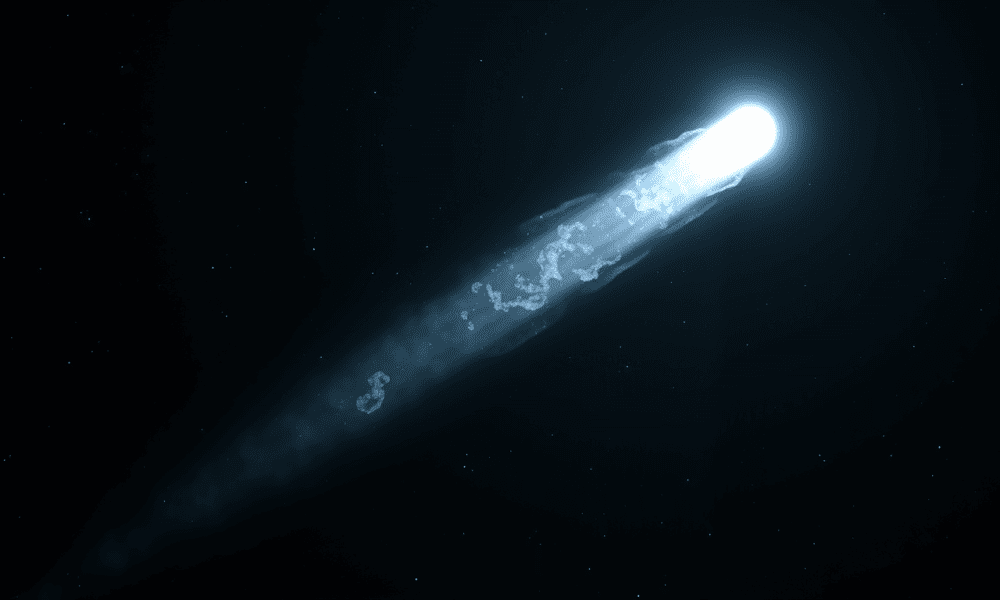
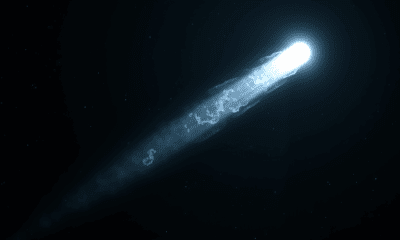

A newly discovered comet, 3I/ATLAS, may be the most ancient visitor ever detected, potentially older than our solar system itself. Unlike previous interstellar objects, this ice-rich...
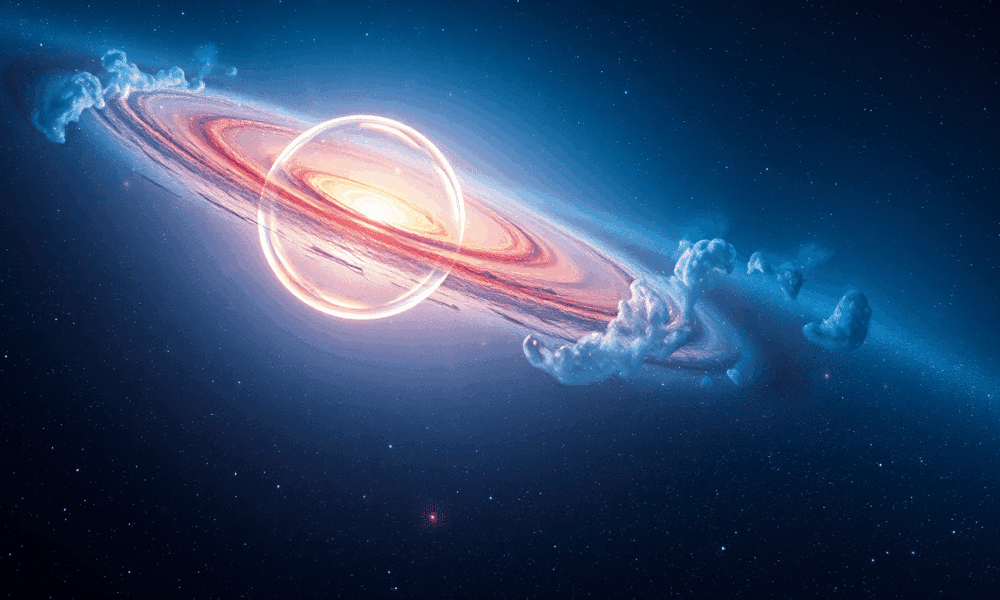
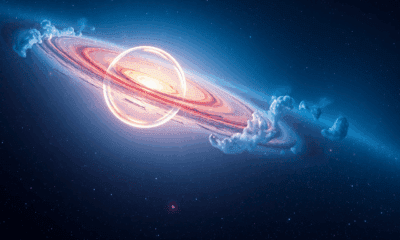

Astronomers using the Green Bank Telescope spotted surprisingly cold, dense hydrogen clouds embedded inside the Milky Way’s vast, super-hot Fermi bubbles—structures thought to be created by...
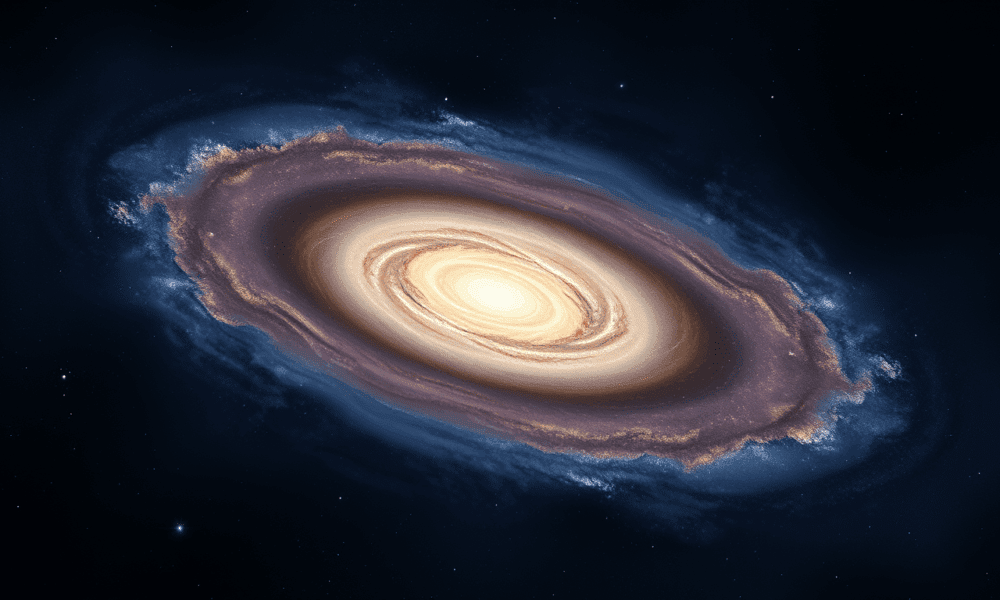
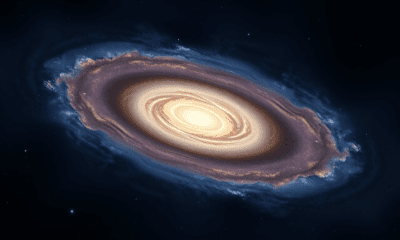

Using the James Webb Space Telescope, scientists spotted thin and thick disks in galaxies as far back as 10 billion years ago—something never seen before. These...

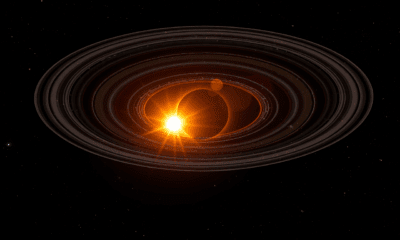

In a stellar nursery 460 light-years away, astronomers sharpened old ALMA data and spotted crisp rings and spirals swirling around 27 infant stars—evidence that planets start...
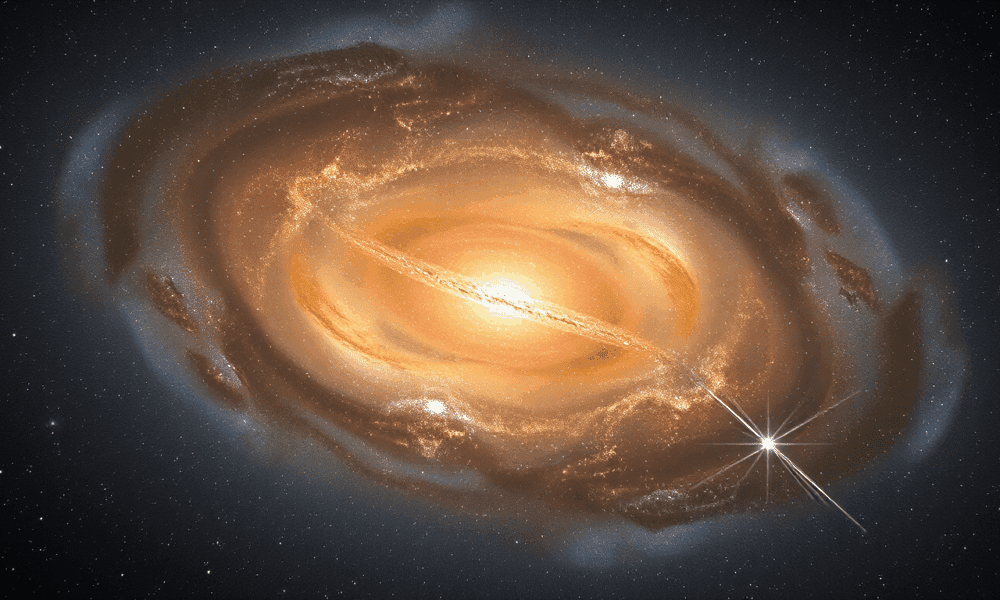
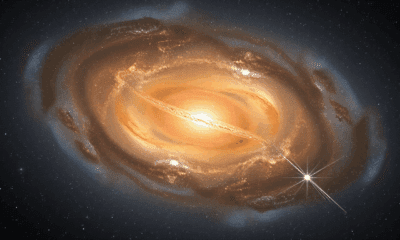

Scientists are peering into the universe's mysterious Cosmic Dawn using the faint whispers of hydrogen radio waves emitted over 13 billion years ago. These signals, particularly...
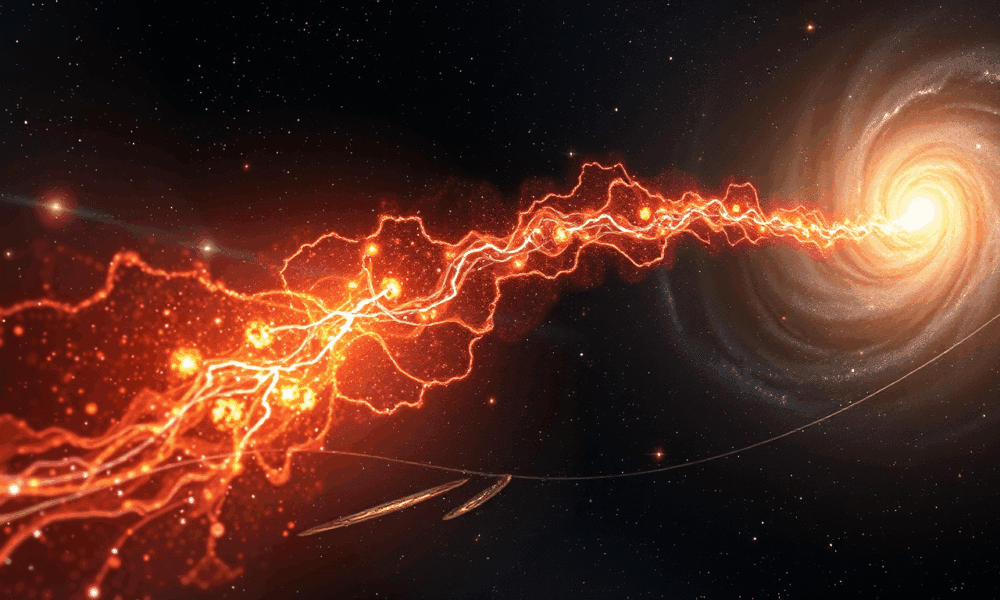
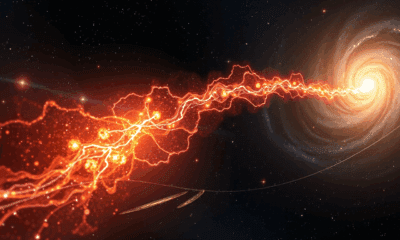

Astronomers have uncovered a colossal, searing-hot filament of gas linking four galaxy clusters in the Shapley Supercluster a discovery that could finally solve the mystery of...
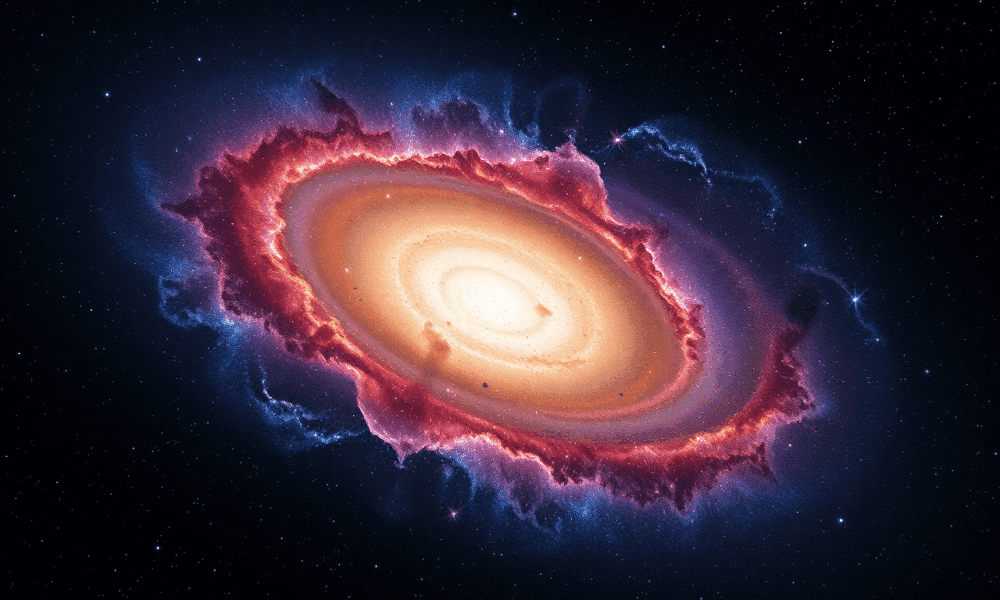
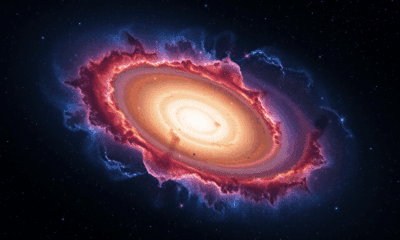

Astronomers have produced the most detailed map yet of the Sculptor Galaxy, revealing hundreds of previously unseen celestial features in stunning color and resolution. By combining...
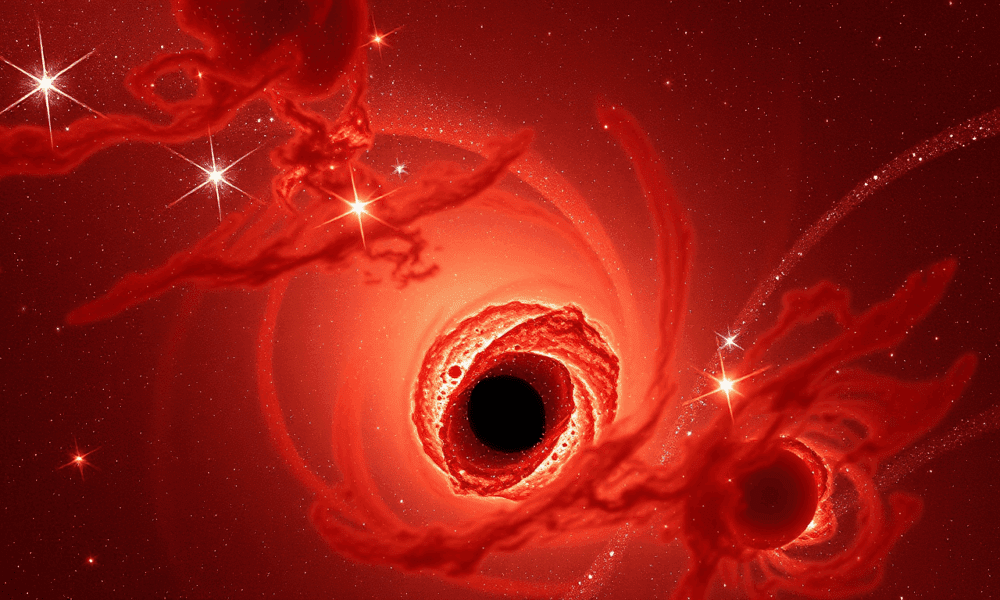
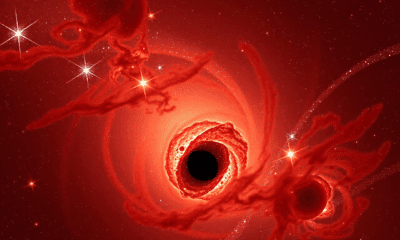

At the heart of our galaxy lies a cosmic puzzle: although the Galactic Center is packed with star-making material, massive stars form there surprisingly slowly. Using...
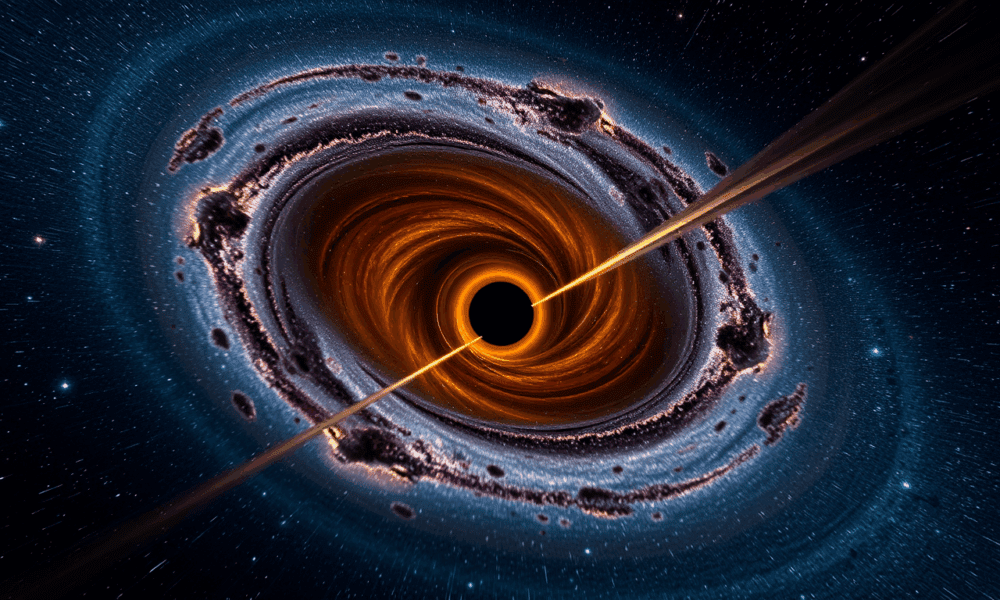
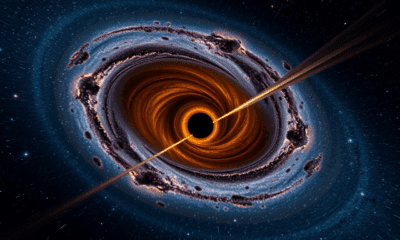

AI has helped astronomers crack open some of the universe s best-kept secrets by analyzing massive datasets about black holes. Using over 12 million simulations powered...
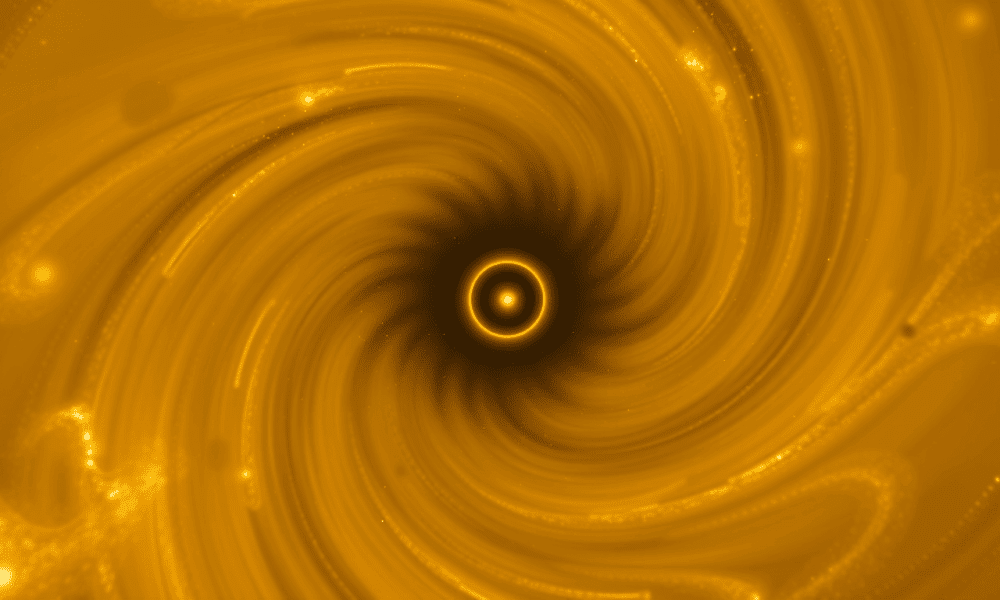


Astronomers using ALMA have uncovered how gas and dust in planet-forming disks evolve separately an insight that reshapes our understanding of how different types of planets...